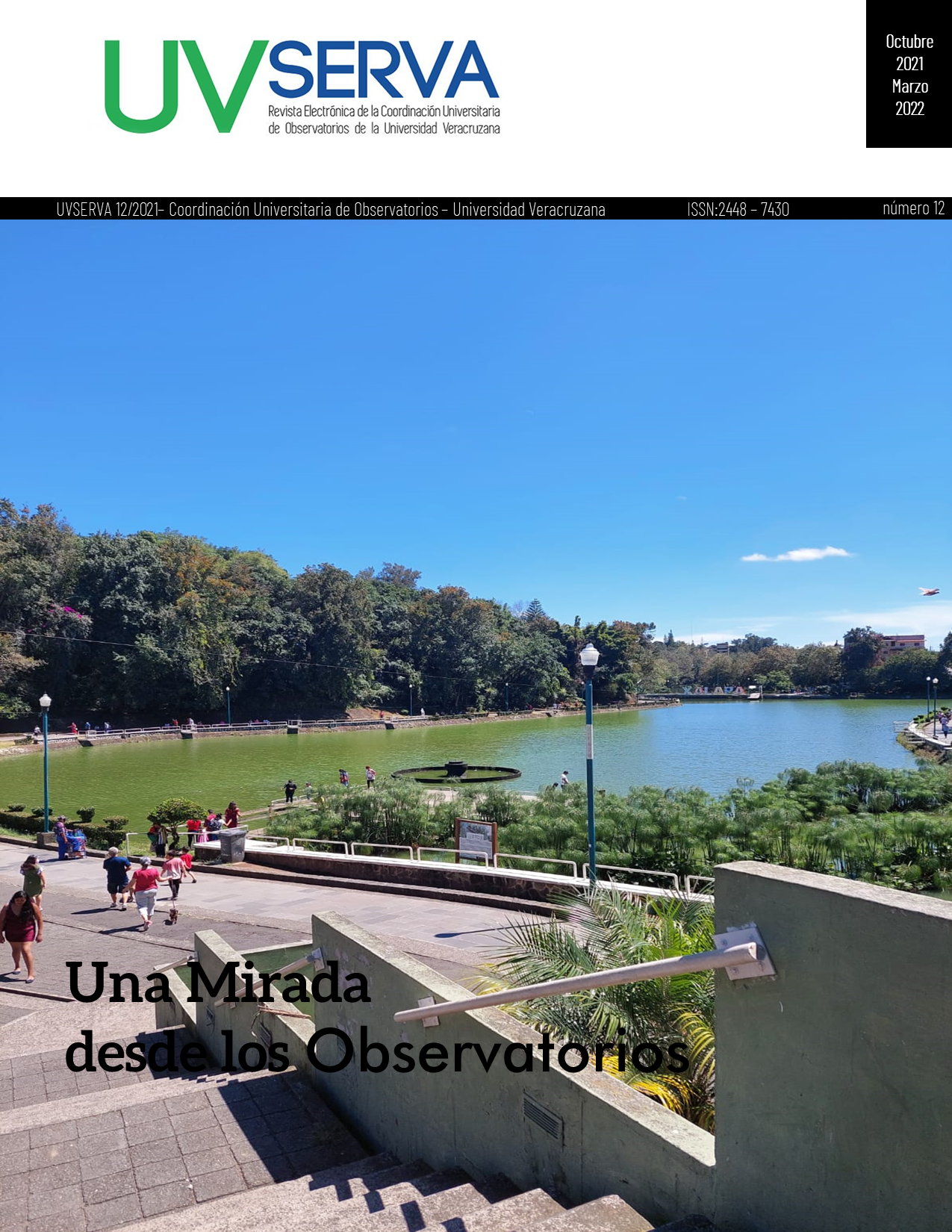Abstract
Urban expansion, as one of the types of growth of the city, is analysed from the causes that deliver several possibilities of placement of the population, depending on its socio-economic level and preferences at choosing the place to live. In this way, urban space energizes its configuration by the constant creation of residential units that are added to the original city, occupied by populations of different social strata but with the common denominator of being immersed, at any of its levels, in the urban economic structure. In this sense, it is considered that the analysis of the current situation and the approach of future strategies, requires to capture quantitative information of the expansion process, in order to understand at least the urban dynamics and to try to exercise control over the rhythms and orientations of such growth. The proposal put forward concerns about the formulation and systematization of a register of units of expansion, from making a thoughtful critical reading to official demographic statistics, whose interests in population counts -altough efficient in their purposes- diverge from the reliable knowledge of the trends of expansion, by increasing the numbers of rural population and ignoring urban growth, by counting residential units, whether developments of social housing with high densification in the process of occupation or, in other cases, peri-urban real estate developments inhabited by urban population of high income and low densities, registering both realities as rural localities.
References
Boils, G. (2008). Segregación y modelo habitacional en grandes conjuntos de vivienda en México. En Cordera, R., Ramírez, P. y Ziccardi, A. (Coord). Pobreza, desigualdad y exclusión social en la Ciudad del siglo XXI. México: Universidad Nacional Autónoma de México -Instituto de Investigaciones Sociales-, Siglo XXI., 273–287.
Capel, H. (2013). La morfología de las ciudades. III Agentes urbanos y mercado inmobiliario. Barcelona: Del Serbal.
Cerezo-Ibarrondo, A. (2020). La actuación sobre el medio urbano de regeneración y renovación integrada. El nuevo paradigma de la gestión urbanística en suelo urbanizado. Cuadernos de investigación urbanística (130), 3-92.
Cruz, S. y Cerbono, S. (2012). Los pueblos urbanos y la ciudad: miradas distintas desde la planeación. En: Cruz, S. (Coord.). Periferias metropolitanas. Políticas públicas y medio ambiente. México: Red de Investigación Urbana, A.C. Universidad Autónoma Metropolitana –Azcapotzalco-. 15-44.
Instituto Nacional de Estadística, Geografía e Informática [INEGI]. (2020). Censo de Población y Vivienda 2020. Principales resultados por localidad. México: INEGI.
https://www.inegi.org.mx/app/scitel/Default?ev=9Instituto
Instituto Municipal de Vivienda. H Ayuntamiento de Veracruz. (2017) Registro de Fraccionamientos, Documentos vigentes de Control institucional, Consultado en 2017.
Ley General de Asentamientos Humanos/1993, 21 de Julio, Diario Oficial de la Federación.
Ley General de Asentamientos Humanos, Ordenamiento Territorial y Desarrollo Urbano /2016, 28 de noviembre, Diario Oficial de la Federación
Muxí, Z. (2004) La arquitectura de la ciudad global. Barcelona: Gustavo Gili.
ONU-HABITAT (2021). Tendencias del desarrollo urbano en México. Obtenido de: https://onuhabitat.org.mx/index.php/tendencias-del-desarrollo-urbano-en-mexico
Pradilla, E. (2011) Zona Metropolitana del Valle de México: una ciudad baja, dispersa, porosa y de poca densidad. En: Pradilla, E. (Comp). Ciudades compactas, dispersas, fragmentadas. México: Universidad Autónoma Metropolitana – Xochimilco. p.p. 257 – 293.
REGLAS de Operación del Programa para Regularizar Asentamientos Humanos Irregulares, para el ejercicio fiscal 2017 /2016, 30 de diciembre, Diario Oficial de la Federación.
SEDESOL. (2010). Catálogo de localidades. Sistema de Apoyo para la planeación de Programa de Desarrollo para Zonas Prioritarias. México: SEDESOL. http://www.microrregiones.gob.mx/
SEDATU-CONAPO-INEGI. (2018). Delimitación de las Zonas Metropolitanas de México 2015. México: SEDATU-CONAPO-INEGI.
Ziccardi, A. (2008). Ciudades Latinoamericanas: procesos de marginalidad y de exclusión social. En: Cordera, R., Ramírez, P. y Ziccardi, A. (Coord). Pobreza, desigualdad y exclusión social en la Ciudad del siglo XXI. México: Universidad Nacional Autónoma de México [UNAM]-Instituto de Investigaciones Sociales-, Siglo XXI. 73–91.

This work is licensed under a Creative Commons Attribution-NonCommercial 4.0 International License.
Copyright (c) 2021 Lilly Areli Sánchez Correa, Arturo Velázquez Ruiz, Ma Guadalupe Noemi Uehara Guerrero


